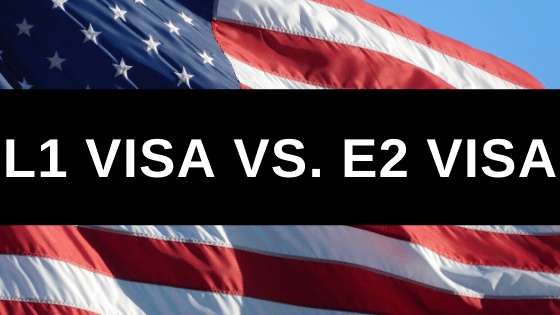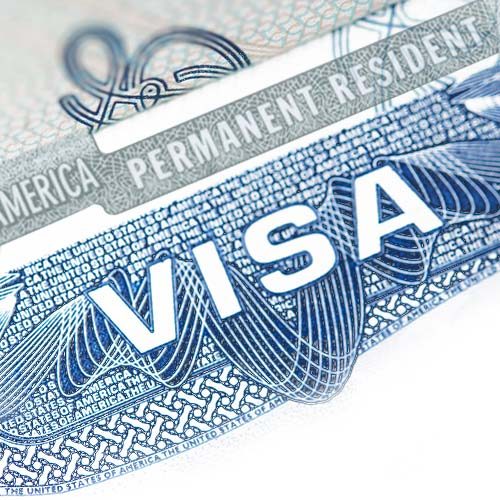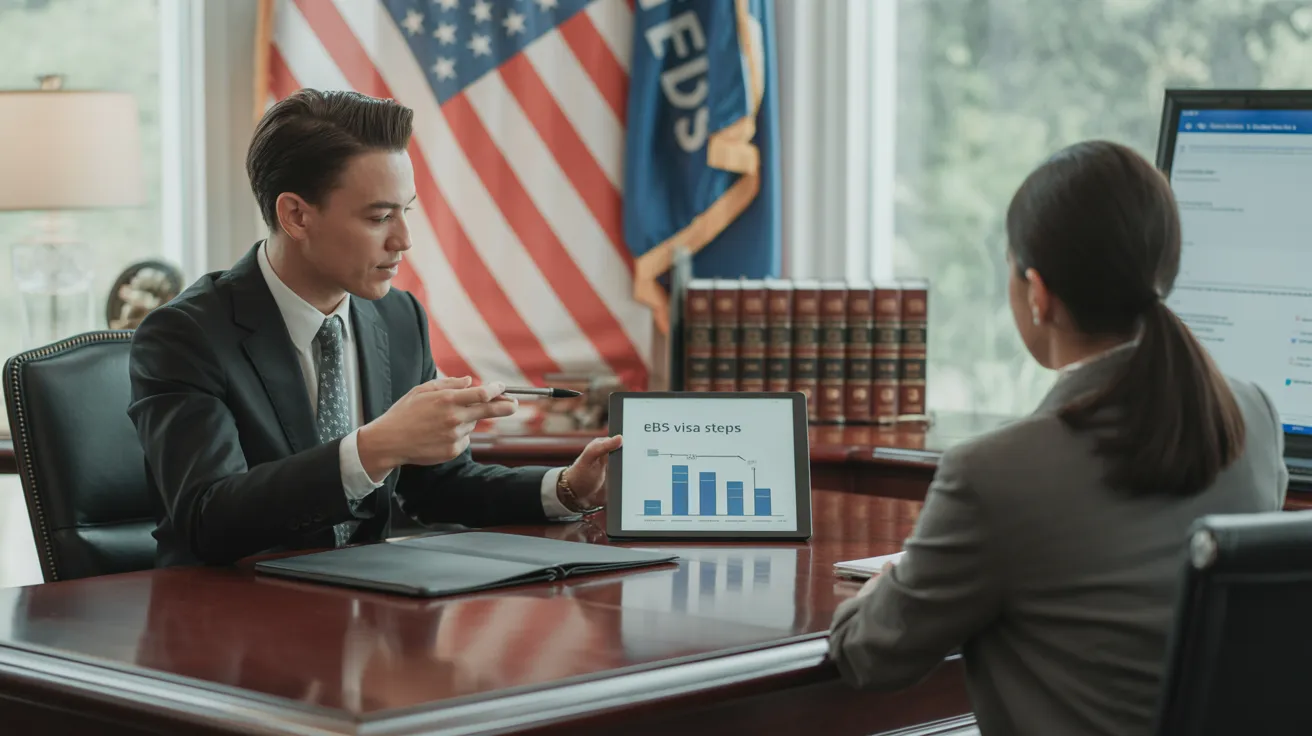L1 Visa - Questions
Table of ContentsSome Known Factual Statements About L1 Visa Top Guidelines Of L1 VisaThe Only Guide to L1 VisaThe smart Trick of L1 Visa That Nobody is Talking AboutSome Known Incorrect Statements About L1 Visa The smart Trick of L1 Visa That Nobody is Talking About
Readily Available from ProQuest Dissertations & Theses Worldwide; Social Scientific Research Costs Collection. DHS Workplace of the Examiner General. Recovered 2023-03-26.
U.S. Division of State. Recovered 22 August 2016. "Employees paid $1.21 an hour to set up Fremont tech company's computer systems". The Mercury News. 2014-10-22. Fetched 2023-02-08. Costa, Daniel (November 11, 2014). "Obscure short-term visas for international technology employees depress earnings". The Hill. Tamen, Joan Fleischer (August 10, 2013). "Visa Holders Change Employees".
The 4-Minute Rule for L1 Visa
In order to be eligible for the L-1 visa, the international company abroad where the Recipient was employed and the U.S. business should have a qualifying partnership at the time of the transfer. The different types of qualifying partnerships are: 1. Parent-Subsidiary: The Parent indicates a company, firm, or various other lawful entity which has subsidiaries that it owns and regulates."Subsidiary" suggests a company, corporation, or various other lawful entity of which a moms and dad owns, straight or indirectly, greater than 50% of the entity, OR possesses less than 50% however has management control of the entity.
Business A has 100% of the shares of Firm B.Company A is the Parent and Firm B is a subsidiary. There is a certifying relationship between the 2 business and Company B need to be able to sponsor the Beneficiary.
Example 2: Business A is integrated in the united state and intends to petition the Beneficiary. Business B is incorporated in Indonesia and uses the Beneficiary. Business An owns 40% of Business B. The staying 60% is possessed and controlled by Firm C, which has no relationship to Firm A.Since Company A and B do not have a parent-subsidiary connection, Company A can not sponsor the Recipient for L-1.
Instance 3: Firm A is included in the U.S. and wishes to seek the Beneficiary. Business B is integrated in Indonesia and utilizes the Beneficiary. Company A possesses 40% of Company B. The continuing to be 60% is had by Business C, which has no relationship to Company A. Nevertheless, Company A, by official agreement, controls and full takes care of Company B.Since Company An owns much less than 50% of Firm B yet manages and controls the company, there is a certifying parent-subsidiary partnership and Company A can fund the Recipient for L-1.
6 Easy Facts About L1 Visa Described
Firm B is included in the United state
Some Known Factual Statements About L1 Visa

The L-1 visa is an employment-based visa classification established by Congress in 1970, enabling international business to transfer their supervisors, executives, or vital personnel to their U.S. operations. It is commonly referred to as the intracompany transferee visa.

Additionally, the beneficiary must have operated in a managerial, executive, or specialized staff member position for one year within the three years preceding the L-1A application in the international company. For new workplace applications, international employment needs to have remained in a managerial or executive capacity if the recipient is involving the United States to function as a manager or executive.
The Single Strategy To Use For L1 Visa

If approved for a united state company functional for greater than one year, the first L-1B visa is for approximately three years and can be extended for an additional 2 years (L1 Visa). Conversely, if the U.S. firm is newly developed or has actually been operational for less than one year, the first L-1B visa is provided for one L1 Visa attorney year, with extensions readily available in two-year increments
The L-1 visa is an employment-based visa group developed by Congress in 1970, permitting multinational companies to transfer their managers, executives, or vital personnel to their U.S. procedures. It is typically referred to as the intracompany transferee visa. There are two major types of L-1 visas: L-1A and L-1B. These types get started are ideal for staff members employed in different settings within a firm.
The Basic Principles Of L1 Visa
Additionally, the recipient needs to have functioned in a managerial, executive, or specialized employee position for one year within the three years preceding the L-1A application in the international business. For new office applications, foreign work should have been in a supervisory or executive capability if the beneficiary is pertaining to the USA to work as a manager or executive.
for approximately 7 years to supervise the operations of the U.S. associate as an exec or manager. If released for an U.S. business that has actually been functional for more than one year, the L-1A visa is initially given for up to 3 years and can be prolonged in two-year increments.
If approved for an U.S. company functional for even more than one year, the preliminary L-1B visa is for as much as three years and can be expanded for an additional two years. On the other hand, if the U.S. company is freshly developed or has been functional for less than one year, the preliminary L-1B visa is released for one year, with extensions readily available in two-year increments.